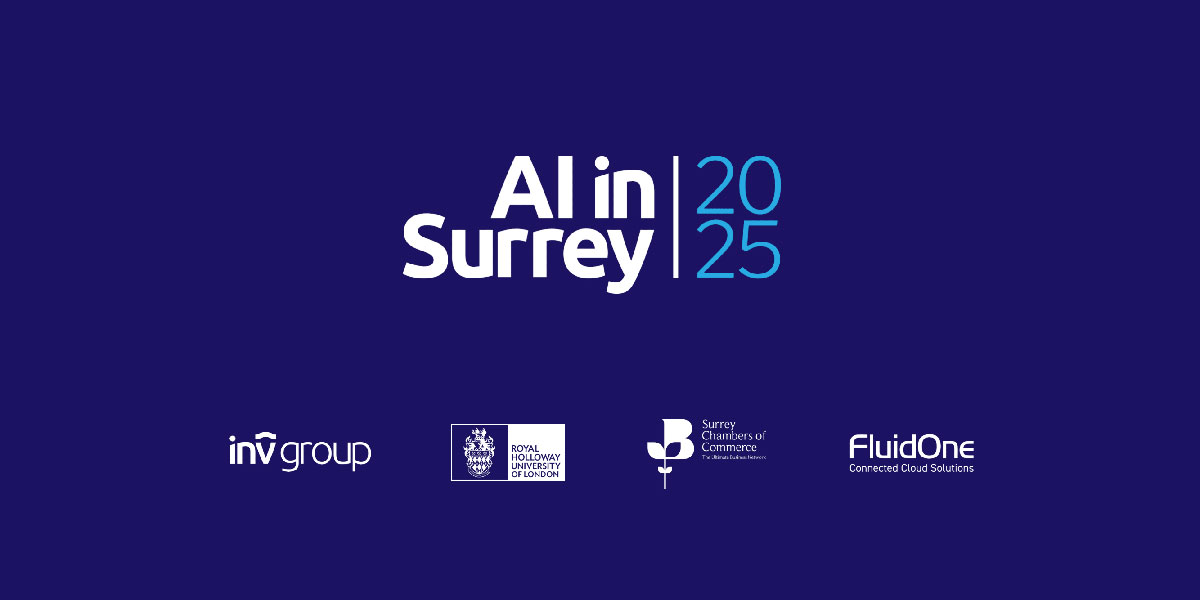By Ji Han, Senior Lecturer at the University of Exeter
A framework that considers both divergent and convergent thinking is needed to better support creativity.
The term creativity is loosely used in society, to describe a wide range of outcomes ranging from ways of playing, dancing, painting, and making music to exploring and experimenting in science and technology. There is evidence of creativity for as long as our history records extend back, ranging from ancient cave paintings and tools to contemporary music and new medical procedures. A definition with a modern twist on values is that creativity is imagination with responsibility.
A number of approaches and tools have been developed for supporting idea generation as a part of the divergent phase of creativity, such as brainstorming, morphological analysis, Method 6-3-5, and C-Sketch. During the convergent phase, the consensual assessment technique (CAT) is often used for assessing creativity, as well as using metrics involving novelty, usefulness, and surprise. However, few studies to date have explored the divergent phase and the convergent phase of creativity as a whole. Therefore, a framework that considers both divergent and convergent thinking is needed to better support creativity.
The creativity diamond is a framework developed to guide creativity. It is aimed to aid users in the selection of an approach to augment creativity and creative thinking in divergent and convergent phases of a challenge or opportunity, particularly in design and product development. The framework embodies the principles of divergence, the generation of many ideas, such that, through selection and refinement, convergence can occur with a selection of preferred ideas for further development. The creativity diamond framework is proposed as a guide that can be used in any domain or multidisciplinary setting to prompt which generative tools might be helpful to aid creativity.

As we can see in the diagram, it presents several different approaches to creativity (e.g. brainstorming, morphological analysis, critical thinking), along with encouragement to use more than one approach, within both divergent and convergent phases of activity.
The framework has arisen from a review of over 20 PhD theses on creativity, design, innovation, and product development, which in turn build on the respective domain literature reviews. The framework promotes several forms of brainstorming, a series of systematic approaches to creativity, and several thinking and reasoning approaches. To accompany the framework, several resources have been developed, including up-skilling materials in each of the approaches, summary information, and selection tools to aid identification of an approach at a given stage. A set of cards representing each of the creativity tools and types of thinking, serving as a prompt for an individual or team for the tool concerned is also developed, and known as the “resource cards”.

The framework has been introduced across several UK degree programmes, as well as in industry, through a massive online open course. For more information about the Creativity Diamond, please see this paper I recently co-authored: The Creativity Diamond—A Framework to Aid Creativity





